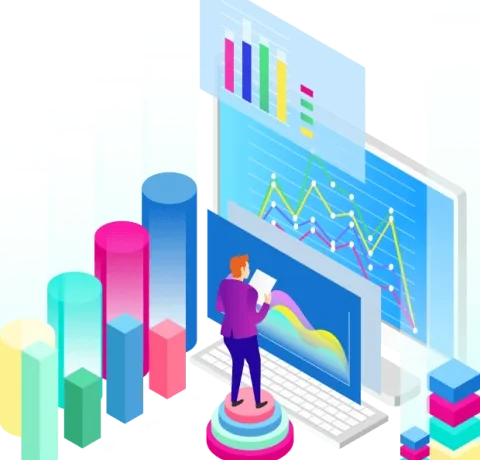Leveraging Data Visualization to Analyze Market Trends
How Data Visualization with Bill of Lading Data Helps Businesses Understand Market Trends
In today’s fast-paced business environment, keeping ahead of market trends is essential for organizational success. With vast amounts of data available, extracting meaningful insights can be overwhelming. This is where data visualization powered by Bill of Lading Data becomes indispensable. By presenting data visually, organizations can quickly identify patterns, detect correlations, and gain a deeper understanding of market dynamics. Let’s explore how data visualization helps businesses make smarter decisions.
1. Spotting Trends and Patterns
One of the most significant advantages of data visualization is its ability to reveal trends and patterns that may remain hidden in raw data. Using charts, graphs, or interactive dashboards, market researchers can instantly recognize upward or downward trends, seasonal variations, and other critical patterns. For example, a line chart showing monthly shipment volumes from Bill of Lading Data can uncover seasonality in product demand, allowing companies to optimize inventory and plan marketing strategies effectively.
2. Comparing Market Segments
Data visualization enables effortless comparison across different market segments or customer groups. By representing segment-specific data visually, researchers can detect variations in behavior, preferences, or purchasing habits. For instance, a bar chart comparing shipment volumes across regions using Bill of Lading Data can highlight where demand is strongest, helping businesses tailor offerings and campaigns for maximum impact.
3. Understanding Customer Behavior
Analyzing customer behavior is crucial for data-driven business decisions. By visualizing data from customer interactions—such as purchase history, shipping patterns, or engagement metrics—companies can identify preferences, pain points, and buying trends. Visualizations derived from Bill of Lading Data can help personalize marketing efforts, enhance the customer experience, and improve loyalty by providing actionable insights into how customers interact with products and services.
4. Predicting Market Trends
When combined with advanced analytics, data visualization can also support forecasting future market trends. Historical data from Bill of Lading Data can be visualized over time to identify opportunities and potential risks. For example, a scatter plot of shipping volumes versus advertising expenditure can highlight correlations, allowing businesses to allocate resources more efficiently and maximize ROI.
Tips for Effective Data Visualization in Market Research
- Choose the Right Visualization Type: Match the chart or graph to the type of data for maximum clarity and insight.
- Keep It Simple: Avoid clutter; simplicity ensures your audience quickly grasps the key message.
- Use Color Strategically: Colors enhance readability and convey additional insights but should never mislead or confuse.
Conclusion
Data visualization, when applied to Bill of Lading Data, is a game-changer for understanding market trends. It allows businesses to spot patterns, compare market segments, analyze customer behavior, and predict future developments. By employing effective visualization techniques and strategies, organizations can gain actionable insights that drive informed decisions and create a competitive advantage in today’s dynamic market landscape.





